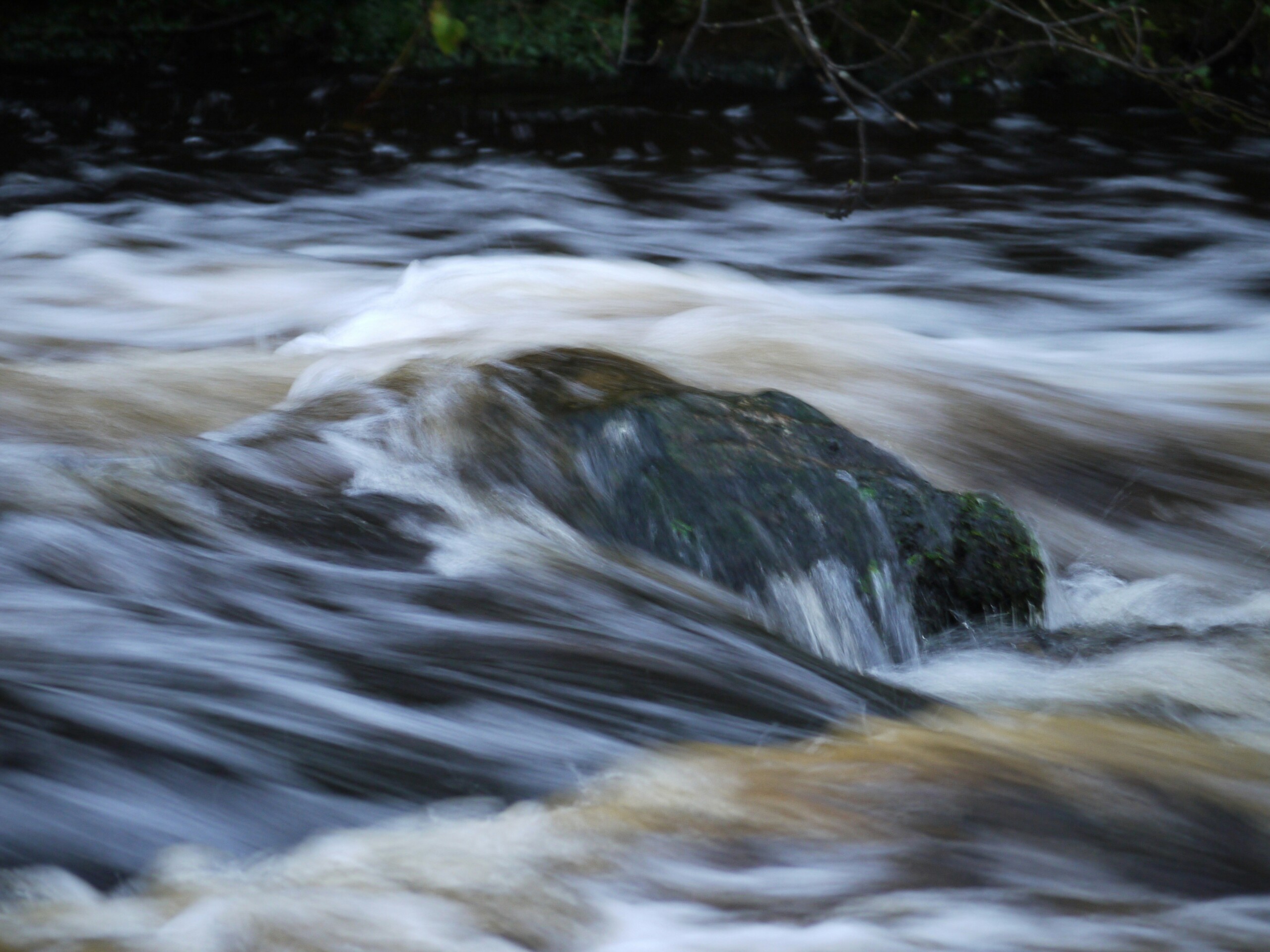FMC opposes increased helicopter landings in the Darrans

Background
Perched high above the Tasman Sea on the slopes of Mount Tutoko is an unlikely ice plateau straddling Napunatoru Pass; it is generally referred to as the Ngapunatoru ice plateau. Classified as “remote” and right at the edge of the Pembroke Wilderness, it is surrounded by some of the roughest terrain Fiordland has to offer. A ‘walk-in’ to the plateau involves climbing the 1500m Grave Couloir at the head of the Tutoko Valley, or the steep slopes of Troglodyte above Lake Never-Never, traversing over the summit of Mount Tutoko or, for the few who can master the challenge, picking a line up the sheer Kaipo Wall.
None of these defenses put up by nature are too much of a match for a helicopter, and tourist operators have also caught up with the beauty of the place. Surely, everyone deserves to experience the remoteness and solitude of the place, and the sense of peace and tranquillity it instills – or, to be more honest about it, to take a few selfies with the spinning rotors of the helicopter in the background, and, if you have enough time, why not? – propose or get married before flying back to Milford, too.
Information published on the website of one of the concessionaires for landings on the ice plateau offers a glimpse into the nature of the operation: “From Queenstown we hold 70% of the glacier landing concessions within Mt Aspiring National Park and also have DOC concessions for the Ngapunatoru Plateau of Mt Tutoko in Fiordland which is the glacier we land at during all our Milford Sound flights…” and “Each landing usually lasts for about 10 minutes which is plenty of time to snap a few photos, play in the snow and get really cold (especially in the winter). The helicopter will not be shut off during the landing“. (Copied and pasted from https://www.glaciersouthernlakes.co.nz/faq/ on 11/5/2018).
The Fiordland National Park Management Plan (FNPMP) that came into effect in June 2007 sets limits for the number of helicopter landings allowed on the Ngapunatoru Plateau:
- No more than a total of 10 landings per day
- No more than a total of 500 landings per year
In late 2015 FMC was approached by DOC to participate in consultation regarding proposed increases in helicopter landings at several sites around the South Island.
From the outset it was clear that DOC’s focus was on increasing the landings on Mt Tutoko’s Ngapunatoru Plateau. In correspondence of the 7th January, DOC noted that demand for landings on this site exceeded supply, that the limits in the existing plan (signed off in 2007) had not been applied, and that they proposed to remove the daily limit and “trial this over 2-3 years, with monitoring to determine impact.”
FMC objected strongly to this specific proposal in correspondence on the 20th January, Robin McNeill stating “it would be completely unacceptable to us to increase the number of daily landings at Ngapunatoru Plateau”. Three reasons were given: 1. The purpose of the Darrans remote zone. 2. The likely effect on the adjacent Pembroke Wilderness Area. 3. The necessity of daily rather than annual limits in a place where flying is only possible on limited days during the year.
While DOC acknowledged this objection, it did not take it on board, and communicated its final decision to change the daily limit of helicopter landings on Mt Tutoko’s Ngapunatoru Plateau from ten in total, to ten per operator (8 operators) on 25th February in a document titled “Departments response to the Aviation Industries request for changes to Snow and Glacier Landing opportunities”. The concession change was not publicly notified.
Further Information Sought
FMC was disappointed with the substance and process of the decision. Changes like this are normally made through a statutory plan amendment process (similarly to how the Kahurangi National Park plan was amended to allow a longer MTBing season on the Heaphy track).
On the 18th of April, FMC placed an Official Information request to both DOC and Tourism NZ. The request to DOC read as below, that to Tourism New Zealand was very similar:
“FMC would like to request copies of all correspondence and meeting notes related to the Department of Conservation’s current or future management of helicopter operations on Mt Tutoko, including the Ngapunatoru Plateau landing site, since 2013.”
DOC advised that a fee of $1660 was required from FMC for this information. This fee was waived after a media campaign.
Some facts that were revealed through the OIA information request:
- there was ongoing consultation between DOC and the aviation industry in which all stakeholders were not involved.
- 8 helicopter operator concessions expired and were not renewed under the current FNPMP, it seems there is an intent to wait for the next (more favourable?) plan.
- the daily landing limits for the Ngapunatoru Plateau, effective since June 2007, were never applied because DOC couldn’t find a “simple way” to allocate and manage them.
- there is a general understanding that concessionaires have not been abiding by their daily limits, without any ramifications from DOC.
- the Departments intention to run a “trial” was signalled with numerous objectives focused on revenue, and a minimal focus on anything that could be considered “research”
- Milford Helicopters alone were specifically given an additional 2000 landings per year at the Ngapunatoru Plateau (the value of which was then redacted). This decision gave no reference to its effect on rule 13 in the Aircraft Access provisions in the FNPMP.
- the concessions which “rolled on” have not had a rent review for many years.
- the Department’s belief that it needed to trial high levels of helicopter use to determine effects (without any justification or methodology for why this is necessary) , eg Milford Helicopters extra 2000 landings, “will provide robust data for upcoming plan review”…
- DOC was happy to exclude extra allocations to existing concessionaires despite known non-compliance issues.
Links to the information are available here:
Tourism New Zealand OIA result
Actions taken following the OIA responses
Following the OIA responses FMC ran a media campaign to bring this issue into the public eye; this included coverage on Radio NZ and other mainstream media. DOC’s charging for the OIA gave an opportunity to gain more reach.
FMC also considered judicial review, but because of cost, and the impermanence of any solution (any future regime will be determined by the National Park Management Plan when reviewed) decided that an approach to the Ombudsman would be the best course of action.
FMC filed a complaint with the Ombudsman. On 4 August 2017, the Ombudsman notified DOC of its investigation.
Ombudsman’s response
In his report dated 10 April 2018, the Ombudsman stated that he had “formed the opinion that the Department has acted unreasonably, and that aspects of its decision appear to have been contrary to law“.
The Ombudsman also recommended that DOC should:
- cancel its decision to increase the daily landing limits on the Ngapunatoru Plateau as a ‘trial’. The Department should confirm whether this recommendation has been implemented within 20 working days.
- Take appropriate action to ensure that the existing concessions are made consistent with the Plan’s aircraft landing limits as soon as reasonably practicable. The Department should provide a report on the steps it proposes to take in this regard, and the dates by which these steps are expected to be taken, within 20 working days.
- Formulate a detailed strategy for the allocation of limited aircraft landing opportunities at the Ngapunatoru Plateau and provide a copy of this strategy within 60 working days.
- Provide progress reports on that strategy monthly thereafter, or at such other intervals as may be agreed.
- Include terms in concessions issued under this allocation process that enable the Department to monitor, at regular intervals, that the conditions of the concession are being met and apply appropriate sanctions when a condition of the concession is found to have been breached.
A copy of the Ombudsman’s report can be found here.
Where are we at now?
DOC responded that it accepted the Ombudsman’s opinion, and that it would implement all of its recommendations.
FMC remains firm in its expectation that the number of aircraft landings on the Ngapunatoru Plateau needs to be brought back within the limits allowed by the 2007 Fiordland National Park Management Plan, which remains valid until a new plan is issued.
FMC is currently keeping a close eye on DOC’s actions, and is awaiting to see their concrete response.
Share This Story, Choose Your Platform!

Latest News
FMC opposes the Winstone Pulp International Limited resource consent application to enable the discharge of treated pulp mill wastewater, stormwater and a foam inhibitor to the Whangaehu River.
FMC is looking for the right candidate to appoint to the Maerewhenua Trust Board.
FMC is looking for the right candidate to appoint to the Federated Mountain Clubs Mountain & Forest Trust Board of Trustees.






